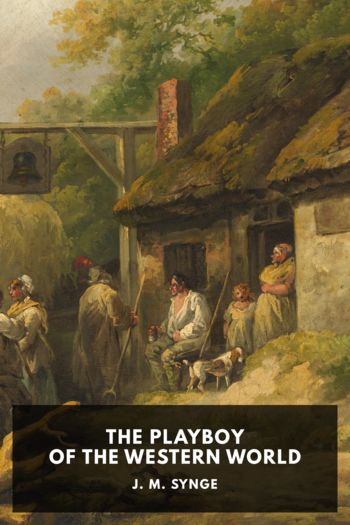Coconut Chaos by Diana Souhami (best ereader for pdf TXT) 📗

- Author: Diana Souhami
Book online «Coconut Chaos by Diana Souhami (best ereader for pdf TXT) 📗». Author Diana Souhami
It seemed a beleaguered place. It rained and rained. Many times, because of cyclones, storms and the howling wind, the longboats couldn’t brave the sea or reach the shore. The previous year four government officials had tried to visit to assess the needs of the islanders. They travelled via Mangareva in Graham Wragg’s catamaran. For four nights the sea was too rough to approach the makeshift jetty and they rode the waves. A longboat then went out for them. They transferred to it, but after an hour’s respite the wind again picked up, the waves raged, the boat couldn’t safely approach the shore and they spent a night in the open boat in torrential rain. At daylight it went to the lee of the island, to the rocks at west harbour where there was no jetty or mooring place. The officials waded ashore exhausted, bedraggled and freezing, their clothes and belongings soaked, then clambered half a mile along the rocks and got on the back of muddy quad bikes in pouring rain.
Rosie thought the experience might help focus their minds to the fact that if Pitcairners were to survive with any quality of life they must have a proper jetty and investment in their island.
Nola Young came to collect Lady Myre and me at ten in the morning for Culture Day at the school. It was to be about the virtues of the indigenous manioc root. She was a small, preoccupied woman and she carried a basket of dark-brown crinkly roots. The lanes were slippery from the rain. As we walked, she told us the day would come when no one would visit the island and no one would leave it. The good would then be saved and the evil damned. ‘Then you’ll be among the good people,’ I said, encouragingly. She replied that she doubted there were any righteous people on the island.
The schoolhouse was well equipped with maps, computers, globes and books. It had five interconnecting rooms, which seemed a lot for the four pupils: Raymond, Ariel, Pania and Mason. Their ages ranged from four to fourteen. Mary and the two social workers were waiting for us. The child-sized chairs were arranged in a circle. Lady Myre took off her Wellingtons and asked Raymond, aged four, if he’d like to see her toenails. He ran away and hid and had to be retrieved. Ariel, the other small boy, reprimanded me sharply when I inadvertently used the boys’ toilet.
I struggled to understand the sense of Culture Day. Nola boiled up fat in a tin on a precarious burner. We were all given knives and we peeled the roots and cut them into chips.
‘How do you spell manioc?’ I asked, as the event was meant to be educational.
‘I don’t know,’ Nola replied.
‘Is it an indigenous plant?’ I asked.
‘I don’t know,’ she said again.
‘Where does it grow?’
‘Here, there and all around.’
‘Can you mash it as well as make it into chips?’
‘I suppose so, if you feel like it.’
Thus manioc. When the fat was hot, she put in the chips and they sizzled as chips do. Mary proposed that while they fried, we play games. The first was Throw the Ball. Whoever threw it must ask a question of the person chosen to catch it. She handed Lady Myre a pink fluffy ball. Lady Myre threw to Pania.
‘What’s your favourite colour?’ she asked.
‘Purple at the moment,’ Pania replied then threw the ball to me.
‘What’s your earliest memory?’
‘Being pushed in a pram,’ I said. ‘Facing the street and wondering where my mother and brothers had gone.’
I asked Nola the same question. Visiting her mother’s grave when she was three, she said, and began to cry. She restrained her tears and threw the ball to Lady Myre.
‘What’s your first memory?’ she asked.
Lady Myre became discursive about a mouse on a mantelpiece and a nanny who sat on an open box of dates. ‘Whoops,’ she cried as she tired of the game and threw the ball in the air. It landed in the bubbling fat. The children perked up. The two youngest became unruly, dashed off, and were again retrieved. One of the social workers fished the ball out of the pan. It was no longer pink and fried fluff mixed with the chips.
Mary produced a sparkling wand and progressed to the Truth Game. She explained the rules. Whoever held the wand would be questioned. Their replies must be truthful, the wand would know if lies were told. I remembered a similar game one New Year’s Eve with questions of a sexual sort: When did you last masturbate? Where’s the strangest place you’ve had sex?… I was handed the wand. A social worker, Barbara, a tall woman with hair too long for her age, had rehearsed her questions. Had I written a book called Selkirk’s Island?… Would I tell them about this book and show them this island on





Comments (0)